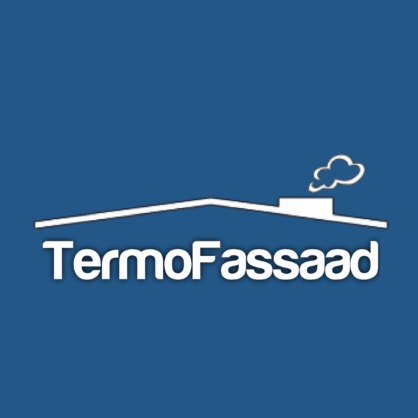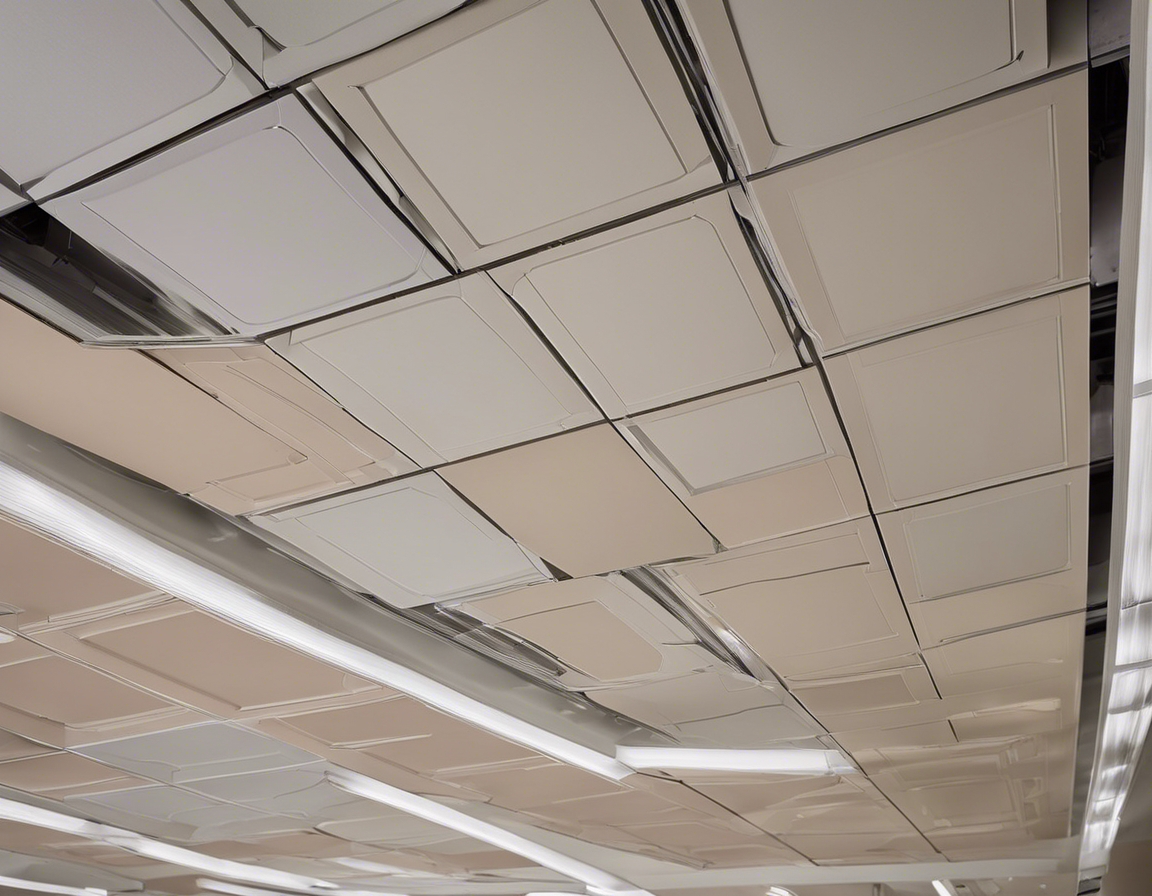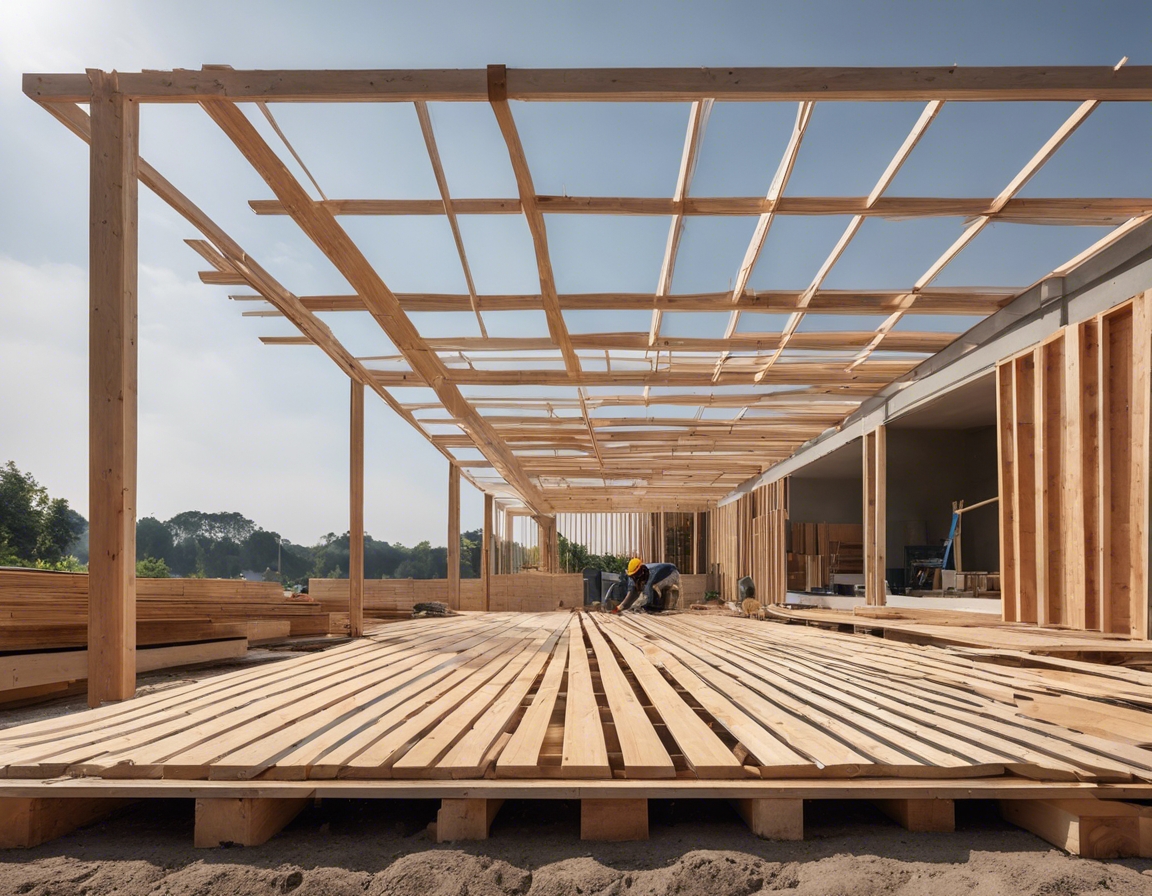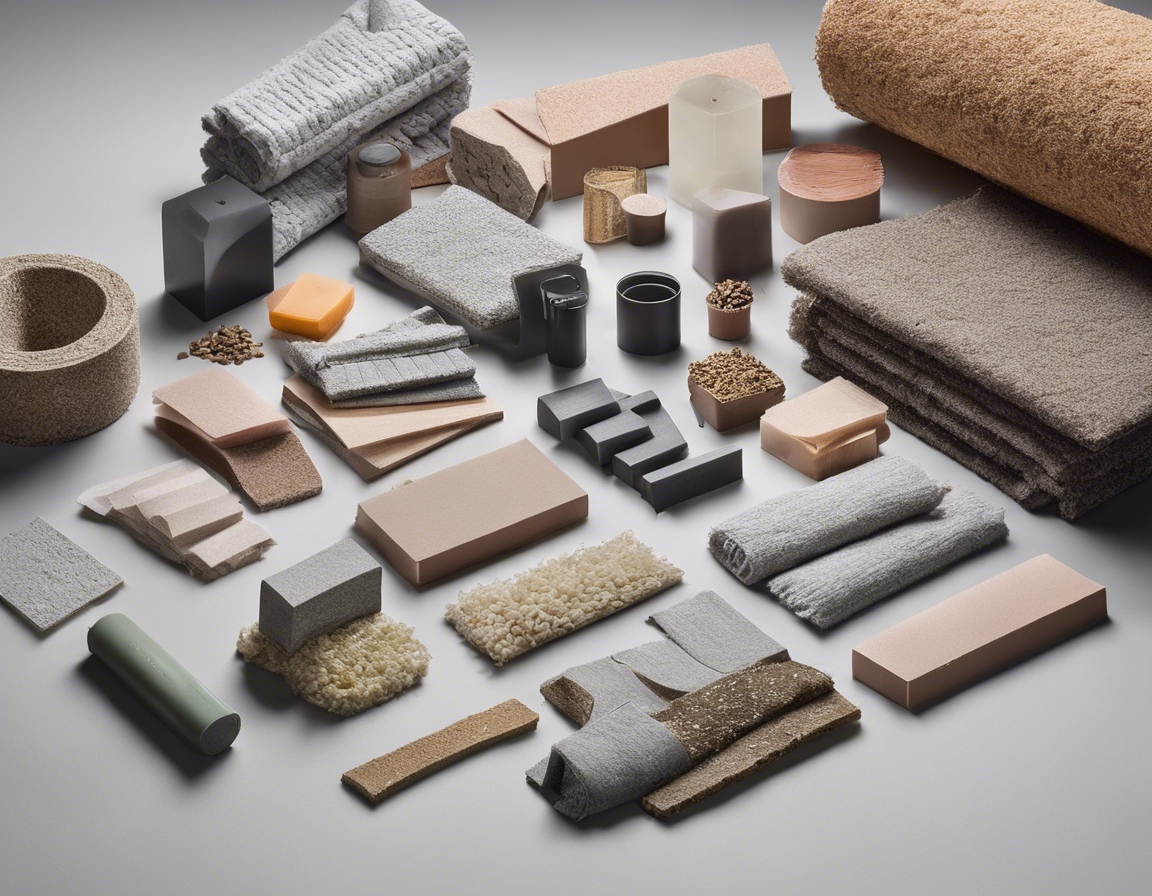Maximizing outdoor comfort with innovative cladding
Cladding refers to the application of one material over another to provide a protective and aesthetic skin for a building. It serves as a critical component in shielding the structure from environmental elements while also contributing to its visual appeal.
Cladding plays a pivotal role in enhancing outdoor comfort by providing thermal insulation, reducing maintenance requirements, and elevating the overall aesthetic of a property. It is a key factor in creating a pleasant outdoor living environment.
The Benefits of Innovative Cladding Solutions
Innovative cladding materials are designed to improve a building's energy efficiency by offering superior insulation properties. This leads to reduced energy consumption for heating and cooling, resulting in lower utility bills and increased indoor comfort.
Modern cladding solutions are engineered for durability, resisting wear and tear from weather conditions. They require minimal maintenance, saving time and resources for homeowners and property developers.
The right cladding can dramatically enhance the visual appeal of a property, contributing to its curb appeal and potentially increasing its market value. A wide range of textures, colors, and materials allows for customization to fit any architectural style.
Many cladding options now prioritize sustainability, utilizing recycled materials and eco-friendly manufacturing processes. This aligns with the values of homeowners and developers who are conscious of their environmental footprint.
Types of Cladding Materials
Wood cladding provides a timeless look but requires maintenance to prevent decay. Composite cladding offers the appearance of wood with increased durability and less upkeep.
Metal cladding, such as aluminum or steel, offers a modern aesthetic and is known for its longevity and resistance to fire.
Stone and brick cladding impart a classic, sturdy appearance and are highly durable, though they can be more expensive and heavier than other options.
Vinyl is a cost-effective and versatile option, while fiber cement provides the look of masonry or wood with enhanced durability and fire resistance.
Design Considerations for Cladding
Choosing cladding that complements the architectural style of a building is crucial for a cohesive design. It should enhance the building's character without overshadowing its other features.
The selection of colors, textures, and materials for cladding can significantly impact the visual impact of a property. These elements should be chosen to harmonize with the surrounding environment and the building's design.
Proper installation of cladding is essential for its performance and longevity. Professional installation services ensure that cladding is correctly fitted, sealed, and finished to the highest standards.
Technological Advancements in Cladding
Advancements in technology have led to the development of smart cladding systems that can adapt to environmental changes, improving energy efficiency and comfort.
Emerging materials and design techniques have enhanced the thermal performance of cladding, contributing to better insulation and reduced thermal bridging.
The use of eco-friendly and recycled materials in cladding is on the rise, offering sustainable options that do not compromise on quality or performance.






Comments (0)